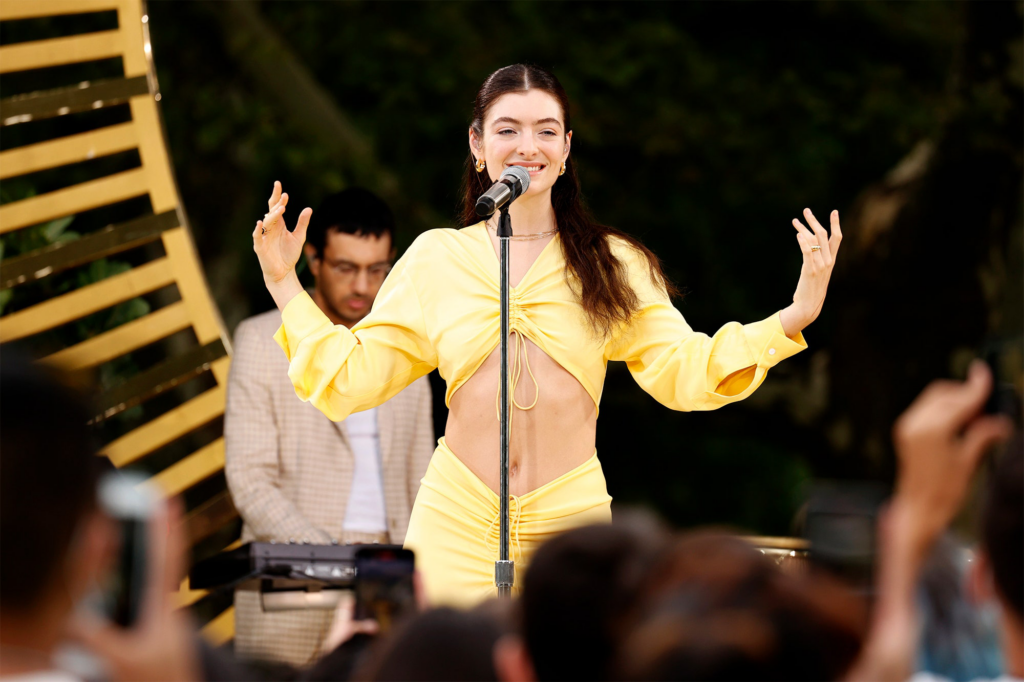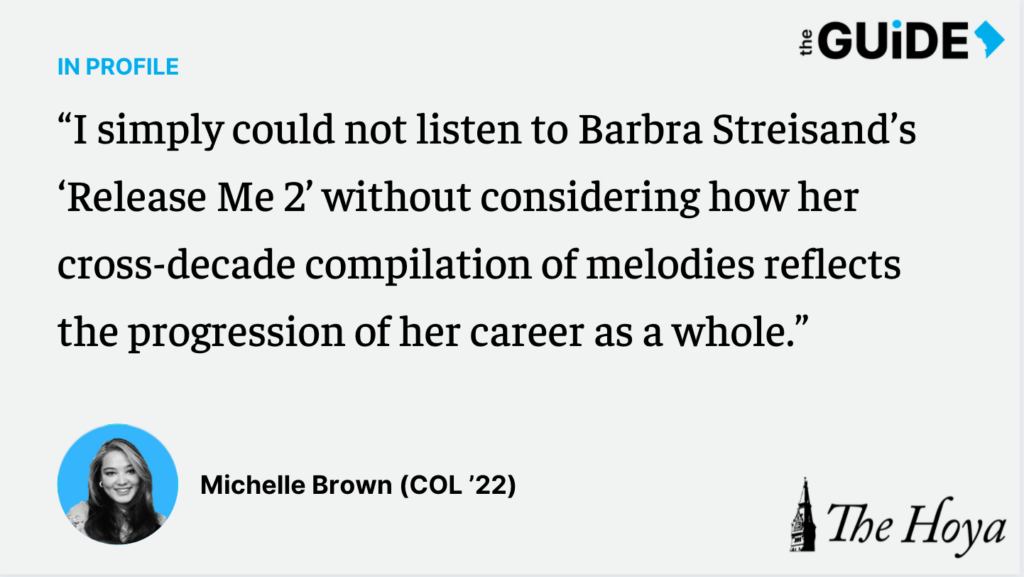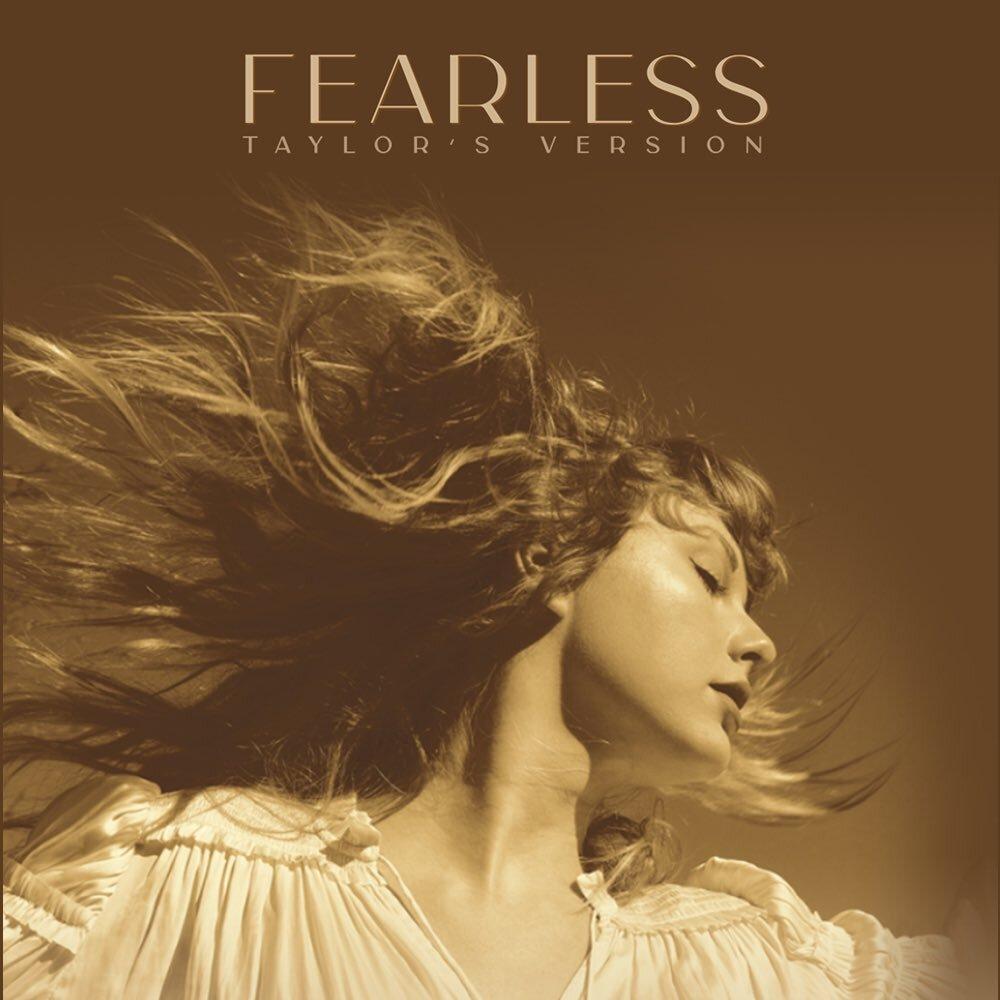★★★★☆
Even the most ardent Swifties were shocked when the then-30-year-old singer announced the surprise release of her eighth studio album this past July. Less than five months after “folklore,” Swift has done it again. Her Dec. 10 social media posts revealed a second surprise album, “evermore,” would be available for fans worldwide that night.
Swift and collaborators Jack Antonoff of Bleachers and fun., Aaron Dessner of The National and Justin Vernon of Bon Iver conceived “folklore” and “evermore” in 2020 during quarantine. While the lyrical content of these albums never explicitly references the COVID-19 pandemic, nostalgia and escapism pervade both works.
“To put it plainly, we just couldn’t stop writing songs,” Swift revealed in her Dec. 10 social media posts. Swift described the 17 tracks of “evermore” as a sister record to “folklore,” because of their common themes.
“evermore” fits into the same indie genre of “folklore,” eschewing the hard pop turn she took in 2014 with her album “1989.” Departing from the drum machines and ’80s-inspired synths that once defined much of Swift’s sound allows her voice to take center stage. She exhibits remarkable growth in her singing abilities and a masterful command of her vocal range.
The sister albums mark a transition in Swift’s work lyrically as well. In “folklore: the long pond studio sessions,” a Disney+-sponsored feature of stripped-down, live versions of each of “folklore’s” tracks, Swift explains she had shaken off the binds of writing purely autobiographical lyrics and wanted to explore other characters and stories in her music.
Instead of functioning as a cohesive album with certain narratives running through the tracklist, “evermore” presents more like a storybook. Each song is an exercise in world building. The album’s simple cover reflects Swift’s desire to partially remove herself; Swift turns her back to the camera such that fans can only identify the singer by her trademark blond hair.
The first track, “willow,” begins the album on a lighter note than “folklore’s” opener, “the 1.” Rather than lamenting about what could have been, Swift brings the listener to a meditative state. This narrator is ready to dive headfirst into a new relationship despite its suddenness because she is so enamored with this person, proudly declaring “that’s my man” throughout the track. “willow” feels reminiscent of Swift’s work from her younger years, but with more refined lyrics and stronger vocals.
Swift has always been inspired by the mythologies and culture of the United States, as exemplified by the vaudeville character of “cowboy like me.” As if crooned from the lips of a tragic saloon starlet, “cowboy like me” uses the symbol of the fiercely independent and morally ambiguous cowboy to describe two lovers whose guarded personalities prevent them from establishing a long-term relationship. Swift even puts a slight twang in her voice to emulate the country style, perhaps as a nod to her musical origins.
An earlier track, “gold rush,” also plays on classic American imagery. It references the frenzied extraction of gold in the mid-19th century that helped inspire the foundation of the pioneering American spirit. The narrator, however, is no 49er; she does not wish to compete for the affection of her potential lover. Appropriately, the production on this track is the most glittery of the album, rendering it one of the most distinct songs on the project.
The ambitiously titled piano ballad, “happiness,” glows in the middle of the tracklist. If anyone had any doubts Swift is no longer the doe-eyed “Teardrops On My Guitar” songstress, her nuanced reflection on a failed romance should put them to rest: “there’ll be happiness after you / but there was happiness because of you / both of these things can be true / there is happiness.”
These four lines acknowledge the joys surrounding a relationship, even if it’s broken, while also conveying that her happiness is not contingent on any relationship. Critics often accuse 31 year-old Swift of aging herself down, particularly after the release of the sugary singles “ME!” and “You Need To Calm Down” in the “Lover” era. “happiness” is particularly illustrative of Swift’s heightened emotional maturity that she demonstrates throughout “folklore” and “evermore.”
However, with the exception of the aforementioned standout tracks, “evermore” can feel like a collection of “folklore” rejects. While each song on the second album has its merits, the songs that do not sonically distinguish themselves. “dorothea” and “long story short,” also fail to do so lyrically or thematically, making much of “evermore” feel like a paler shade of its older sister. Despite falling short of the lofty bar set in July, the acclaim afforded to both of these records encourages Swift to further experiment with genre, lyrical style and content in the next stage of her career.






















Beyza • Jan 26, 2021 at 12:34 pm
A smooth read with great takes; best thing I’ve read in months. I agree 100%